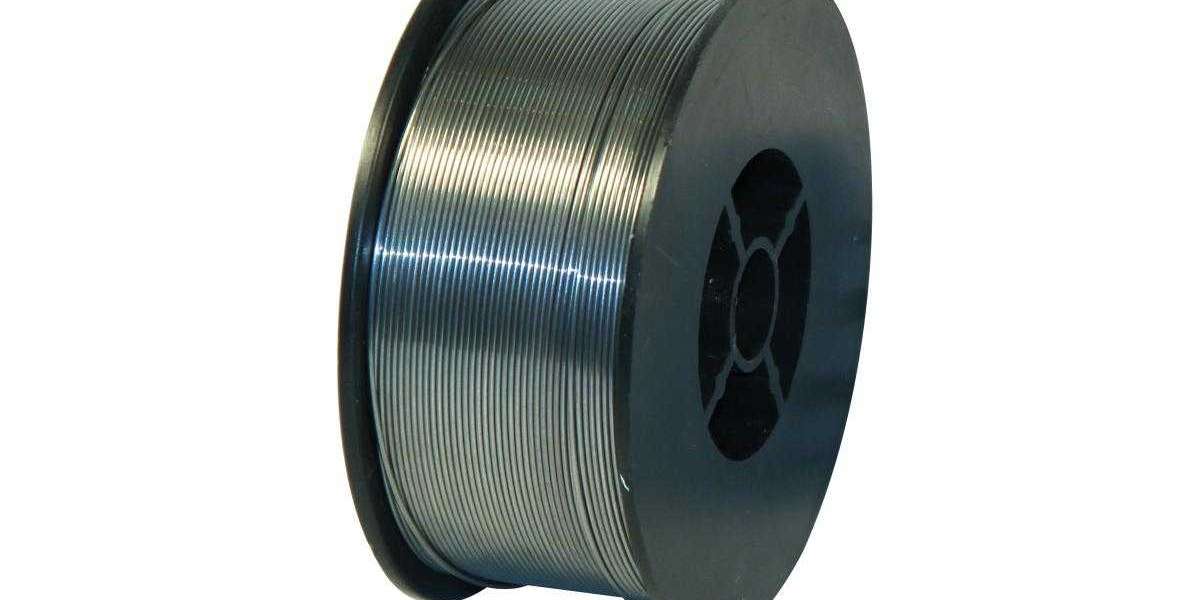When the cold Idaho Falls winter sets in, a reliable heating system becomes an absolute necessity. The furnace installation is the cornerstone of home comfort, providing warmth and coziness throughout the chilliest months. This comprehensive guide explores the intricacies of furnace installation, factors to consider, and the importance of choosing the right contractor for the job.
Understanding the Importance of Proper Furnace Installation
A furnace is a complex system that requires expert installation to function optimally and safely. Improper installation can lead to a host of problems, including reduced efficiency, uneven heating, safety hazards, and costly repairs. Investing in a professional furnace installation is essential to ensure your home remains comfortable and energy-efficient.
Key Factors to Consider When Choosing a Furnace
Selecting the right furnace for your home involves several considerations:
- Size: The furnace should be appropriately sized to meet your home's heating needs. An undersized furnace will struggle to keep up, while an oversized one can lead to short cycling and decreased efficiency.
- Fuel Type: Furnaces can operate on natural gas, propane, oil, or electricity. Consider factors like availability, cost, and environmental impact when choosing a fuel type.
- Efficiency: Look for high-efficiency furnaces with an AFUE (Annual Fuel Utilization Efficiency) rating of 95% or higher to maximize energy savings.
- Technology: Modern furnaces often incorporate advanced features like programmable thermostats, zoning systems, and air filtration to enhance comfort and convenience.
The Furnace Installation Process: A Step-by-Step Overview
The furnace installation process typically involves the following steps:
- Consultation and Assessment: A qualified HVAC technician will visit your home to assess your heating needs, measure the space, and discuss your preferences.
- Equipment Selection: Based on your home's size, energy requirements, and budget, the technician will recommend suitable furnace options.
- Installation: The installation process involves removing the old furnace, installing the new unit, connecting ductwork, and venting the system.
- Testing and Adjustments: Once the installation is complete, the technician will thoroughly test the furnace to ensure proper operation and make necessary adjustments.
- Explanation and Maintenance: The technician will provide instructions on how to operate and maintain the furnace. They may also recommend a maintenance plan to optimize performance and longevity.
The Importance of Hiring a Qualified Contractor
Choosing the right contractor for your furnace installation is crucial. Look for a company with a proven track record, positive customer reviews, and certifications from reputable organizations. A qualified contractor will have the expertise to handle the entire installation process, from equipment selection to final testing.
Maintaining Your Furnace for Optimal Performance
Regular furnace maintenance is essential for ensuring optimal performance, energy efficiency, and longevity. Consider the following maintenance tips:
- Change the air filter regularly: A dirty filter restricts airflow and reduces efficiency.
- Schedule annual tune-ups: Professional technicians can identify and address potential issues before they become major problems.
- Inspect ductwork for leaks: Seal any leaks in your ductwork to prevent energy loss and improve airflow.
- Clear vents and registers: Remove any obstructions that may impede airflow.
The Benefits of a Well-Installed Furnace
Investing in a properly installed furnace offers several advantages:
- Improved Indoor Comfort: A well-sized and efficient furnace ensures even heating throughout your home.
- Lower Energy Bills: High-efficiency furnaces can significantly reduce your heating costs.
- Enhanced Safety: A professionally installed furnace minimizes the risk of carbon monoxide poisoning and other safety hazards.
- Increased Home Value: A modern, well-maintained furnace can enhance your home's value.
Conclusion: Creating a Warm and Cozy Home
A reliable furnace is essential for enjoying a comfortable and energy-efficient home during the cold winter months. By carefully considering factors like furnace size, efficiency, and contractor expertise, you can make an informed decision that maximizes your comfort and investment. Regular maintenance is key to prolonging the life of your furnace and ensuring optimal performance.
Would you like to know about the different types of furnaces available or how to choose the right size for your home?








